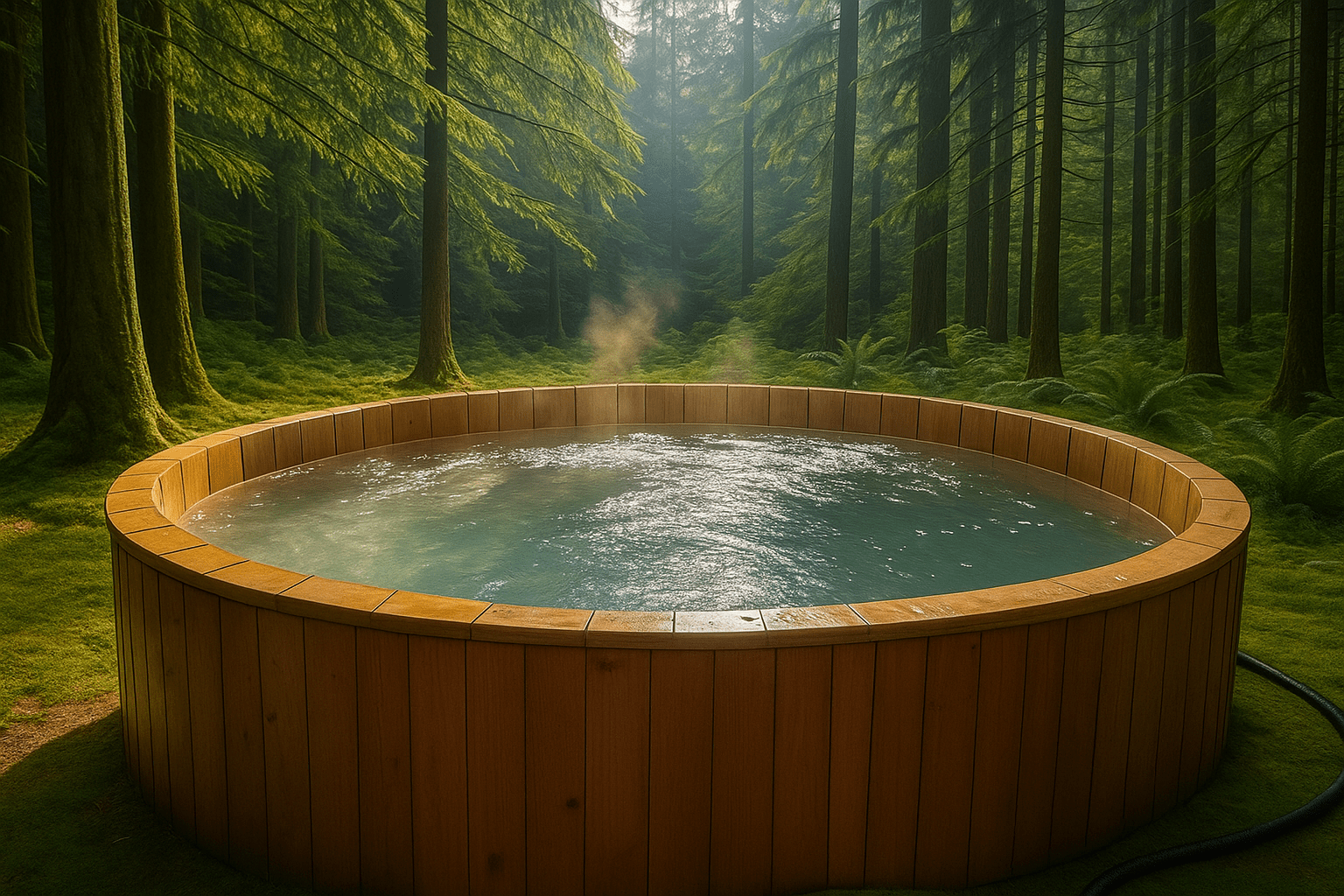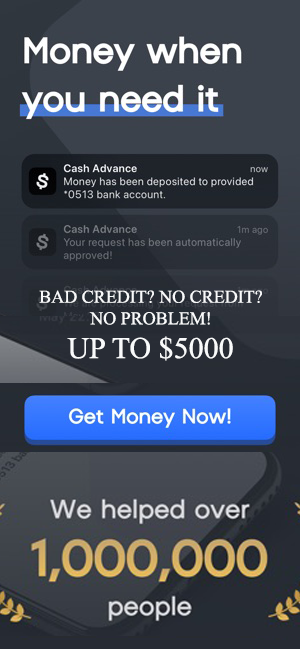After a week of reviewing the tax-free exclusion rule for selling a rental property, I decided not to sell. I’d already used my $500,000 tax-free exclusion amount and would need to wait at least two more years before I could potentially use the full amount again. Most importantly, I’m on a mission to boost my passive income and return to being 100% financially independent.
If you want to grow your passive income to the point where you’re truly free, you’ll need two things: relentless optimization and a willingness to sacrifice. The good news? If you commit fully to the mission, I believe anyone can get there.
Let me share what I’m giving up in the name of financial freedom. Deciding not to sell the property was relatively easy, given the tax consequences and my long-term optimism about San Francisco real estate. But choosing to rent out my downstairs sanctuary—that was the hard part.
Since January 2020, the downstairs unit of my rental house had been my all-in-one retreat. A place to:
- Escape for a few hours to write in peace.
- Host visiting friends and family long-term.
- Give the kids a change of scenery to play
- Enjoy moments of bliss in the hot tub.
During the early pandemic years, this space was my survival tactic. Three times a week, I’d take my son down there for two to three hours so my wife — and later, our baby daughter — could nap without interruption.
When my daughter turned 2½ in mid-2022, I started taking both kids. It was perfect: they could draw at the table, run around on the deck, and then jump into the hot tub to burn off more energy. I would then give them both showers, making bedtime routine easier for my wife and me.
If anyone asks me the single best material thing I’ve ever bought, I answer without hesitation: my $15,500 hot tub (includes installation). A close second? Toto Washlets. Once you have both, you can’t go back.
Why Give Up the Best Thing Ever?
I had a decision to make. Continue renting out only the upstairs portion of the single-family home while keeping the downstairs sanctuary, or rent out the entire house and lose access.
For more than six years, that hot tub gave us joy. I wrote in it through voice dictation. We played in it. I recovered from workouts in it.
So why would I give it up? Because my mission to rebuild our passive income to 120% cover our living expenses by December 31, 2027 outweighs even my love for a hot soak. With my Provider’s Clock ticking loudly, leaving such a valuable space unrented started to feel less like a personal luxury and more like financial negligence.
Mission: Regain $150,000 in Lost Passive Income
At the end of 2023, I bought a house I didn’t technically need. It was a dream home — better layout, better location, the works. But it came at a price: my passive income dropped by $150,000 a year, and my “financially free since 2012” status was officially revoked.
That first half-year of being house-rich and cash-poor was rough. I had disaster scenarios running in my head — trees crashing through the roof, wildfires sweeping through, a giant sinkhole swallowing the yard. I hadn’t felt this much stress since the first six months after I left my finance job in 2012.
The only thing that eased my anxiety? Taking action by saving and earning as much money as possible! Every month that went by with no calamities and increased cash in the bank improved my mood.
I set a goal: restore the lost $150,000 by December 31, 2027. And when I set a financial goal, I don’t let up until it’s met.
Most Obvious Action: Monetize Old Assets
I started by renting out my old house, which recouped ~$70,000 in semi-passive income after expenses. That worked for a year before I sold it in spring 2025, reinvesting the proceeds into stocks, Treasury bonds, and venture capital.
That portfolio performed better than expected, partly because I had cash ready to buy the dip during March and April’s market pullback. I started buying a month too soon, but the stock market eventually recovered. But I still had a passive income gap to close of about $60,000. Over the past two years, I’ve been able to generate about $20,000 in new passive income from saving and investing.
Which led me back to the sanctuary decision:
- Option 1: Rent just the upstairs (2/1 unit) for potentially $4,500/month (up from $4,000/month) — about $6,000 more per year than the old rent.
- Option 2: Rent the whole house for potentially $6,800/month — about $33,600 more per year. I wasn’t sure I could get $6,800 a month, but that’s what I guessed based on market research.
Given I was about $60,000 shy of recouping the lost $150,000 in passive income, Option 2 closed the gap by a significant 56%. But it meant giving up my sanctuary and hot tub, entirely.
Testing the Rental Market
Initially, my existing tenants asked if they could rent just the downstairs for 1–3 months. They were having a baby and wanted space for visiting family. Even though it was my private sanctuary, I wanted to accommodate so their parents and in-laws could easily come visit. I checked comps on Craigslist. Similar properties were listed for $6,800–$7,100/month, but they’d been listed for several weeks, so I wasn’t sure whether that was the true market clearing price.
I offered them a discount at $6,500/month for the whole place, fully furnished downstairs. They’d get one extra bedroom, an office that could also be used as a bedroom, a mini-fridge, a desk, a day bed, a king size bed, two side tables, and a large deck facing the ocean.
Somewhat surprisingly, they passed. I figured the convenience and discount made it a great short-term solution. But while I was in Honolulu for five weeks, they found something cheaper down south.
No hard feelings, as I think it’s great they found a single-family home they could comfortably afford. It also freed me to test the full rental market without half-measures.
A Pleasant Surprise: A Rental Property Bidding War
When I got back from Hawaii, I listed the house on Craigslist for $7,350/month (a bump from my initial $6,800 estimate). Listing was free, and I hadn’t tested demand in a year, so why not? My house looked nicer than the comps at $7,100/month. And if I got no demand, I could always lower the price.
The response floored me:
- 3 inquiries in 24 hours
- 8 inquiries by Saturday (four days after first posting)
- 2 private showings that morning — both wanted it immediately
With demand that strong, it seemed I had made a mistake. So I asked for best offers. One came back at $7,500/month with three months’ rent upfront. Done.
Could I have gotten $7,800? Maybe. But I wanted a deal that felt fair for both sides. I decided to pass on collecting three months rent up front as a show of good faith.
Overall, I found great tenants and had them sign the lease in just one week.
Significant Passive Income Progress Through Optimization
Just like that, I boost my projected annual passive income by ~$42,000, leaving me only $18,000 short of my 2027 target. I had optimized an underutilized asset.
For perspective, generating an extra $42,000 a year at a 4% yield would require an additional $1,050,000 in investments. As dual unemployed parents (DUPs), there’s no realistic way to earn that kind of money through sheer effort alone. And writing a book every 2-3 years isn’t close to enough.
The only viable path is to grow our portfolio through market returns and then rebalance those gains into income-producing assets. Relying on luck, then triggering unnecessary capital gains taxes, is not a reliable strategy for building more passive income.
Why the Sanctuary Mattered Less
One of the biggest epiphanies after purchasing a larger home was how much easier it became to host guests. Because my new home has multiple en suite bathrooms, hosting my parents for eight days—each staying in their own bedroom—was a breeze.
On another visit by my parents, I even hosted my sister at the same time. Seven people in one house with nobody getting on each other’s nerves was not bad!
This realization changed my perspective on keeping the sanctuary. One of my main reasons for holding onto it was to have a place for guests, especially during COVID. If a caretaker got sick, they could also go there to quarantine. But now that my primary residence could comfortably accommodate family and friends, and COVID is long over, that reason no longer held as much weight.
By renting out the sanctuary as well, I could optimize spending more time playing with the children at home. We’re slowly transforming our two-car garage into a multi-purpose play space for arts, crafts, and games. We’re also creating more fun activities to do in our enclosed yard.
In a real way, buying a nicer home has nudged me toward boosting passive income by being willing to rent out the entire sanctuary instead of just part of it. This shift means the actual cost of owning our more expensive primary residence isn’t as high as I had originally anticipated.
Replacing the Hot Tub (Eventually)
I’m already planning a way to build a cement platform and add a new hot tub at our current place. The electrical setup will be tricky, but I think I can make it work. I just need to remember the process of what to install first, and test out the ampage.
Until then, the kids and I can visit the Bay Club in Redwood City once or twice a month. At $180/month plus $20 guest passes, it’s cheaper than operating a hot tub. In addition, members get access to multiple Bay Clubs in the Bay Area where I get to play pickleball or tennis, which is especially beneficial when it rains due to one cub having indoor courts.
Being a member of a private sporting club is a great return on lifestyle investment. With no more hot tub, I’m more incentivized to utilize my membership. This is another form of optimization given I go only once every 10 days on average. Now I might realistically go twice a week.
Sacrifices for Passive Income: It’s Not Just About Spending Less
Here’s the thing. Passive income growth isn’t only about cutting expenses and investing more. It’s about opportunity cost. Sometimes you have to give up something you love now so you can afford more of it later.
Some ways to accelerate the process:
- Maximize asset yield: Just like I rented the whole house instead of part, look at ways to squeeze more income from what you already own.
- Side hustles as seed capital: Use short-term work (consulting, tutoring, freelance projects) to create cash you can reinvest.
- Reinvest windfalls: Tax refunds, bonuses, one-off gains, private real estate distributions, should go into income-producing assets, not lifestyle inflation.
- Periodic portfolio review: Rotate out of underperforming or low-yield assets into better ones. Speaking to a financial professional can help you make better asset allocation decisions as you will have blindspots.
- Short-term sacrifice for long-term abundance: The sanctuary was a comfort, but the math showed it was a luxury I could monetize.
Alternative Passive Income Boost Ideas
If you’re chasing your own passive income target and don’t have a “sanctuary” to rent out, here are some other strategies worth exploring:
- House hacking — Rent out a spare bedroom, ADU, or even your driveway for RV or boat storage.
- Online real estate investing — Own a slice of real estate without the headaches of being a landlord. Public REITs often yield 3–6% and can be bought in small increments. Private real estate funds can also generate equal or higher returns without the visible volatility. You just won’t have as much leverage.
- High-yield savings and CDs — Not glamorous, but risk-free yields north of 4% can meaningfully close smaller gaps.
- Private credit and venture debt — Higher yields, but with more risk.
- Dividend growth stocks — Buy businesses that increase payouts yearly. Even a modest 2–3% yield can snowball if dividends grow 5–10% annually.
- Short-term rental arbitrage — Lease a property long-term, furnish it, and rent it on Airbnb. Higher potential yield if managed well. This requires a lot of work, so I’m not a fan.
- Licensing or royalty income — From books, courses, photography, or music you’ve created. The upfront work pays off for years.
- Peer-to-peer lending — Riskier, but can yield 6–10% if you diversify across many borrowers.
- Seasonal or event-based rentals — Think parking spots during big events, or your home during a local festival.
The key is to match your strategy to your comfort with risk, your available capital, and the time you’re willing to spend managing it.
Sacrifice Now, Soak Later
Giving up the sanctuary and hot tub stings. I actually feel a little melancholy, as I always do when one chapter of my life is over. It was such a wonderful place that I will miss. But the short-term sacrifice brings me closer to a long-term life where I can have more freedom.
Sacrifice now. Soak later. That’s what earning passive income is all about, if you really want it.
Readers, what are some things you’ve had to sacrifice in order to generate more passive income for financial freedom? Have you been able to optimize any of your assets to boost your investment income?
Subscribe To Financial Samurai
Pick up a copy of my USA TODAY national bestseller, Millionaire Milestones: Simple Steps to Seven Figures. I’ve distilled over 30 years of financial experience to help you build more wealth than 94% of the population—and break free sooner.
Listen and subscribe to The Financial Samurai podcast on Apple or Spotify. I interview experts in their respective fields and discuss some of the most interesting topics on this site. Your shares, ratings, and reviews are appreciated.
To expedite your journey to financial freedom, join over 60,000 others and subscribe to the free Financial Samurai newsletter. Financial Samurai is among the largest independently-owned personal finance websites, established in 2009. Everything is written based on firsthand experience and expertise.
Read the full article here
















